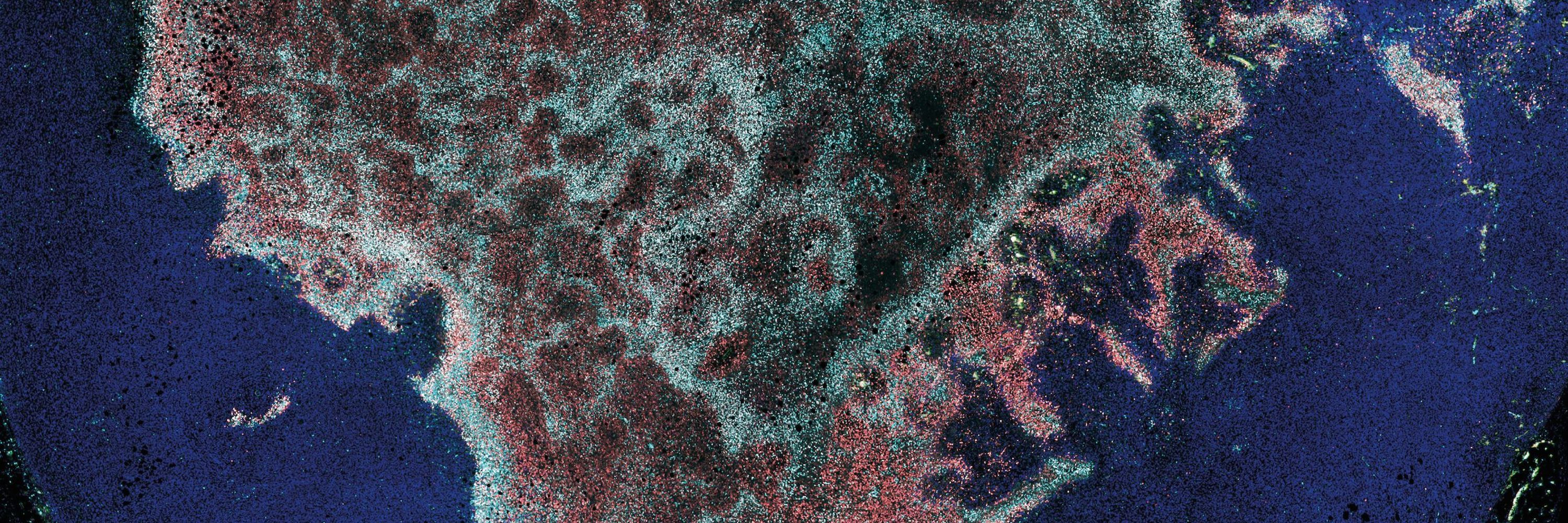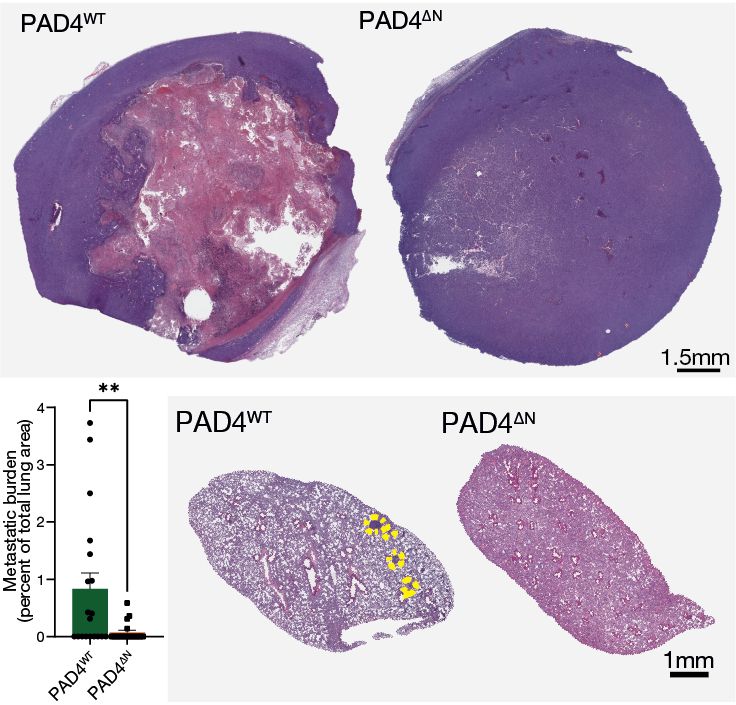
Jose M. Adrover
@adrover.bsky.social
Studying the cancer-cardiovascular disease interplay, with a focus on how cancer reprograms the hematopoietic and immune systems, at the Francis Crick Institute in London
http://www.adroverlab.com
http://www.adroverlab.com
I am deeply honoured to receive the Sue Eccles Early Career Investigator Award @metastasisresearch.bsky.social. Thank you for your continued support of emerging investigators in metastasis research!
November 7, 2025 at 9:29 AM
I am deeply honoured to receive the Sue Eccles Early Career Investigator Award @metastasisresearch.bsky.social. Thank you for your continued support of emerging investigators in metastasis research!
Reposted by Jose M. Adrover
🏆 MRS Sue Eccles Early Career Investigator Award: Jose M. Adrover

November 4, 2025 at 2:05 PM
🏆 MRS Sue Eccles Early Career Investigator Award: Jose M. Adrover
This project started when I joined the @megeblad.bsky.social lab at @cshlnews.bsky.social, and continued at @hopkinsmedicine.bsky.social and at
@crick.ac.uk, with help from many colleagues along the way! It has been an absolute pleasure to work with Mikala and the rest of the team! (13/13)
@crick.ac.uk, with help from many colleagues along the way! It has been an absolute pleasure to work with Mikala and the rest of the team! (13/13)
July 17, 2025 at 11:28 AM
This project started when I joined the @megeblad.bsky.social lab at @cshlnews.bsky.social, and continued at @hopkinsmedicine.bsky.social and at
@crick.ac.uk, with help from many colleagues along the way! It has been an absolute pleasure to work with Mikala and the rest of the team! (13/13)
@crick.ac.uk, with help from many colleagues along the way! It has been an absolute pleasure to work with Mikala and the rest of the team! (13/13)
We show, therefore, that tumour necrosis is not a passive phenomenon, but an active phenomenon that we can target by targeting neutrophils or their NET formation ability. And by reducing tumour necrosis we can reduce metastatic spread. (12/13)
July 17, 2025 at 11:28 AM
We show, therefore, that tumour necrosis is not a passive phenomenon, but an active phenomenon that we can target by targeting neutrophils or their NET formation ability. And by reducing tumour necrosis we can reduce metastatic spread. (12/13)
There, they form NETs and enter a feedforward loop with platelets that ultimately leads to the blockage of blood flow and subsequent necrosis of downstream tumour regions. This induces cancer cells around these necrotic regions to change and become more metastatic. (11/13)

July 17, 2025 at 11:28 AM
There, they form NETs and enter a feedforward loop with platelets that ultimately leads to the blockage of blood flow and subsequent necrosis of downstream tumour regions. This induces cancer cells around these necrotic regions to change and become more metastatic. (11/13)
In summary, we found that the tumour changes the haematopoietic compartment and drives the production of vascular-restricted neutrophils. Then, neutrophils leave the bone marrow and enter the bloodstream, eventually reaching the tumour vasculature. (10/13)
July 17, 2025 at 11:28 AM
In summary, we found that the tumour changes the haematopoietic compartment and drives the production of vascular-restricted neutrophils. Then, neutrophils leave the bone marrow and enter the bloodstream, eventually reaching the tumour vasculature. (10/13)
These neutrophils form NETs more efficiently than normal neutrophils, interact more with platelets, and, intriguingly, cannot extravasate and are stuck in the vasculature. We called them vascular-restricted neutrophils (vrPMNs). (9/13)

July 17, 2025 at 11:28 AM
These neutrophils form NETs more efficiently than normal neutrophils, interact more with platelets, and, intriguingly, cannot extravasate and are stuck in the vasculature. We called them vascular-restricted neutrophils (vrPMNs). (9/13)
But why are neutrophils forming NETs in the vasculature? We found that the tumour communicates with the bone marrow and changes myelopoiesis to produce a novel neutrophil subpopulation. (8/13)
July 17, 2025 at 11:28 AM
But why are neutrophils forming NETs in the vasculature? We found that the tumour communicates with the bone marrow and changes myelopoiesis to produce a novel neutrophil subpopulation. (8/13)
Using spatial transcriptomics, we found that tumour necrosis increased metastasis because cancer cells in peri-necrotic areas gained pro-metastatic traits in a TGFb-driven manner. (7/13)

July 17, 2025 at 11:28 AM
Using spatial transcriptomics, we found that tumour necrosis increased metastasis because cancer cells in peri-necrotic areas gained pro-metastatic traits in a TGFb-driven manner. (7/13)
We found that the process was driven by NETs. When we block NETs genetically or pharmacologically, tumour necrosis is greatly reduced. This, interestingly, also reduced metastatic spread. (6/13)

July 17, 2025 at 11:28 AM
We found that the process was driven by NETs. When we block NETs genetically or pharmacologically, tumour necrosis is greatly reduced. This, interestingly, also reduced metastatic spread. (6/13)

